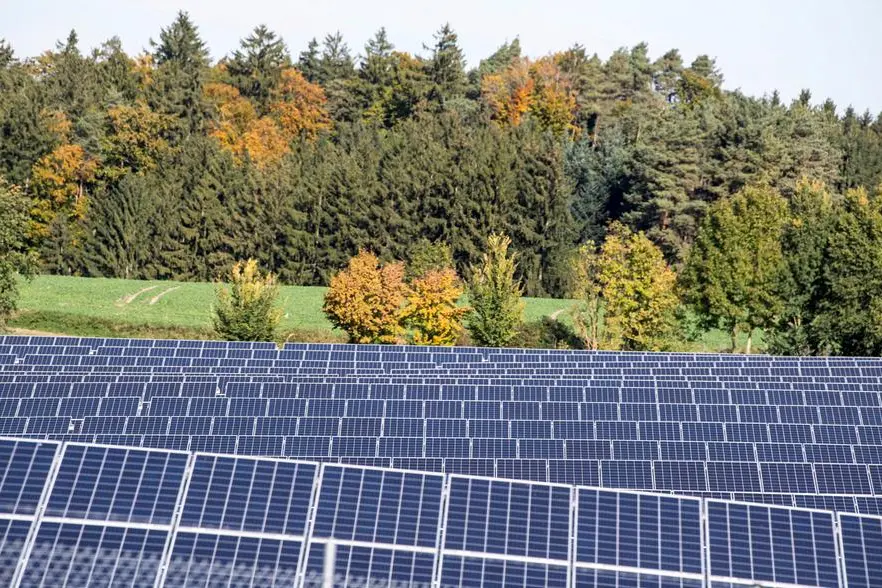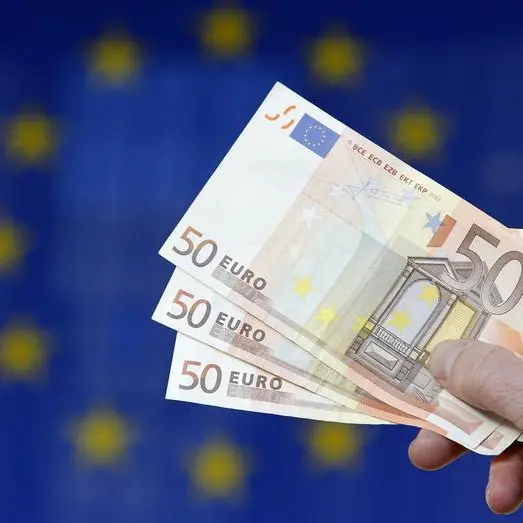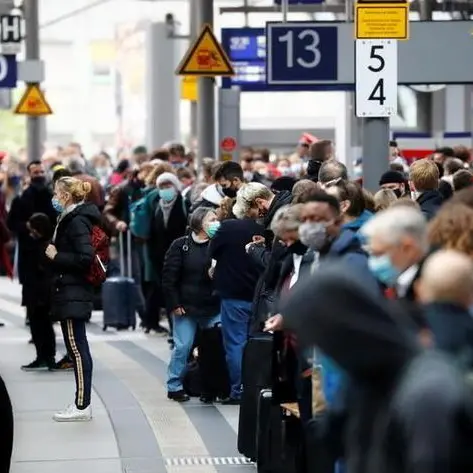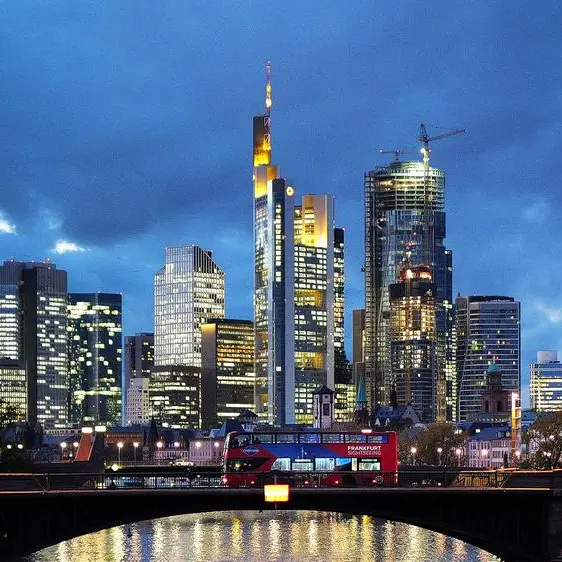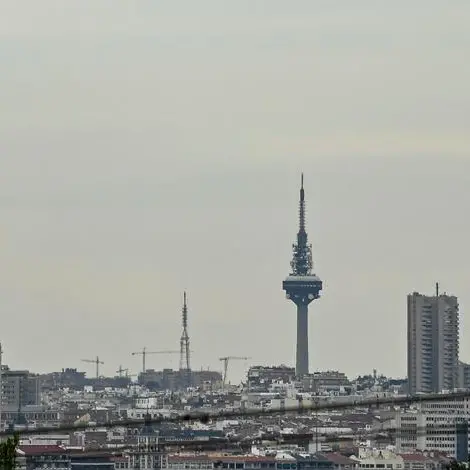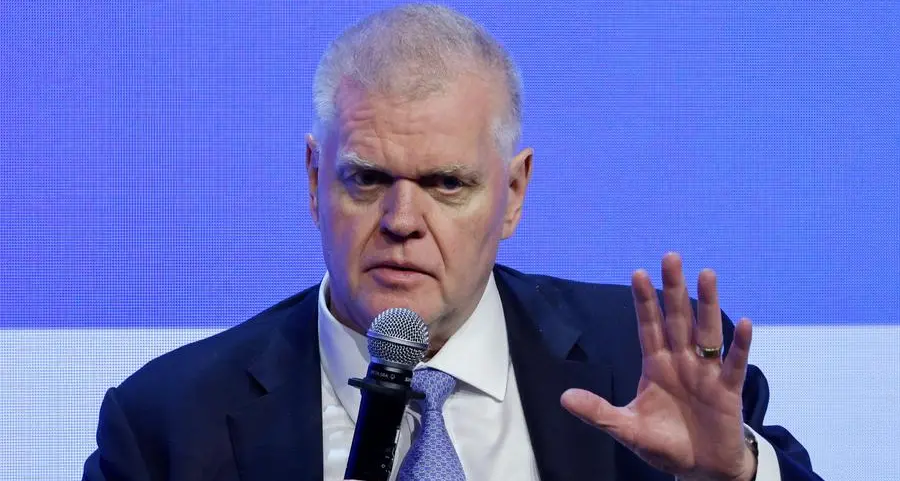PHOTO
FRANKFURT - Growth of EU solar power installations may slow by 24% in 2024 and 23% in 2025 in the face of weaker wholesale electricity prices and problems getting permits and grid connections, an industry association forecast on Tuesday.
The European Union has a target of 600 gigawatts (GW) of solar installations by 2030, needing a significant acceleration in deployment for its transition to non-fossil energy.
The 27-member bloc raised the size of its solar fleet by 27% to 263 GW in 2023, SolarPower Europe said in a market outlook.
"The surge in electricity and gas prices and the fear of energy supply outages fuelled by the Russian invasion of Ukraine resulted in severe energy security concerns and put solar in a completely new light," it said of 2022 and early 2023.
"(But) the demand for residential solar photovoltaic (PV) slowed down in the second half of 2023," it said.
SolarPower Europe cited significantly weaker wholesale electricity prices and higher inflation for the slowdown because they take urgency out of energy security worries while raising costs for local equipment manufacturers.
Solar systems range from individual rooftop installations to those for consumption by commercial and industrial plants, and ground-mounted, large-scale utility plants.
EU capacity additions in 2023 totalled 56 GW, representing a 40% increase over the additions seen in 2022 and a new record number for the third year running, SolarPower Europe said.
The preliminary figure is based on its ongoing monitoring of capacity and market conditions and will be finalised in the first-half of 2024.
Germany was in top spot, installing 14 GW, followed by Spain with 8.2 GW and Italy with 4.9 GW. Germany operates 82.1 GW of solar power capacity altogether.
(Reporting by Vera Eckert; Editing by Alexander Smith)
